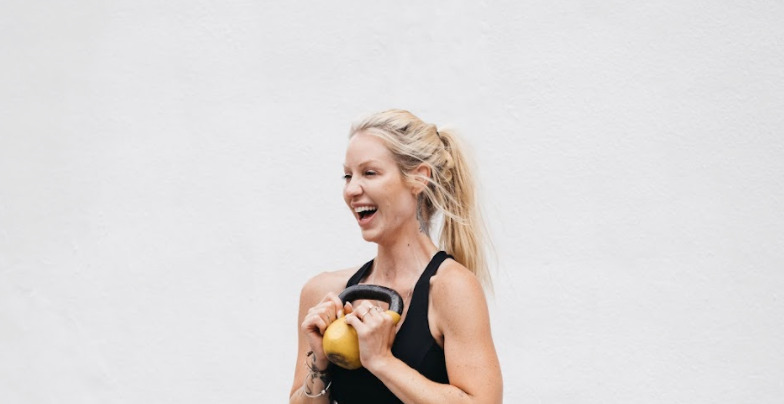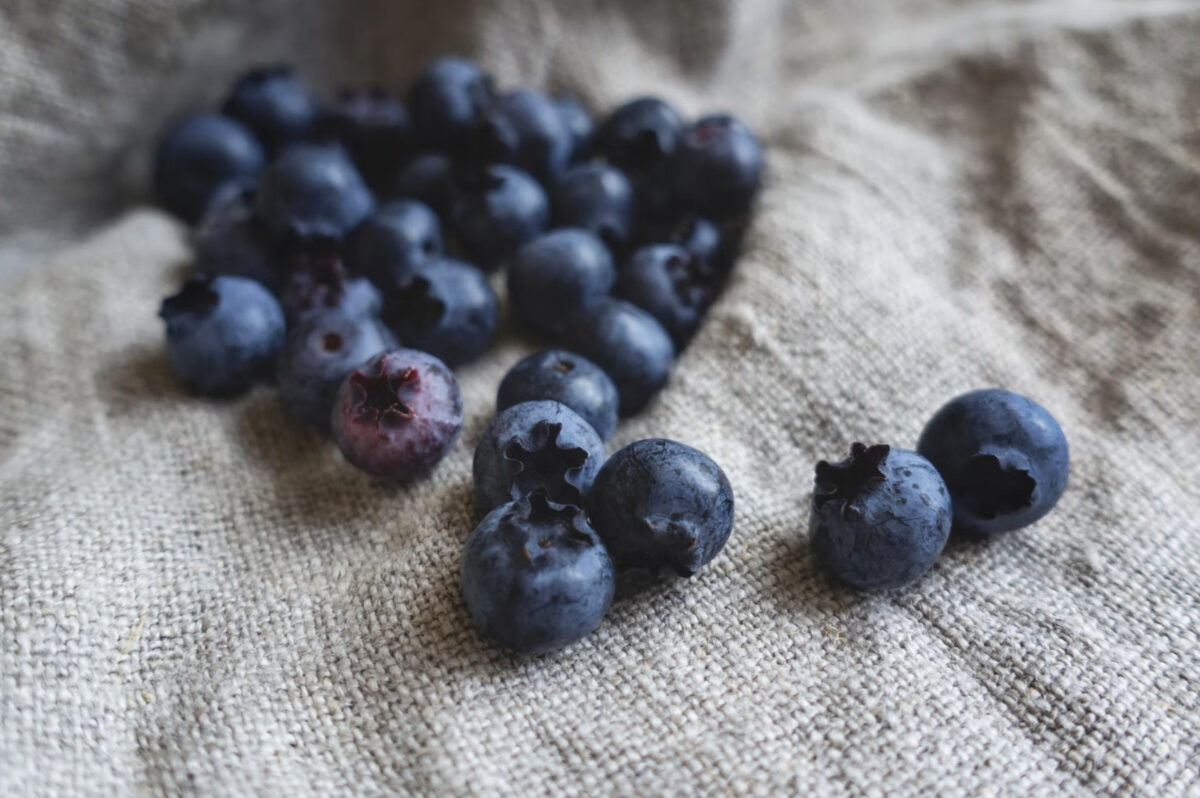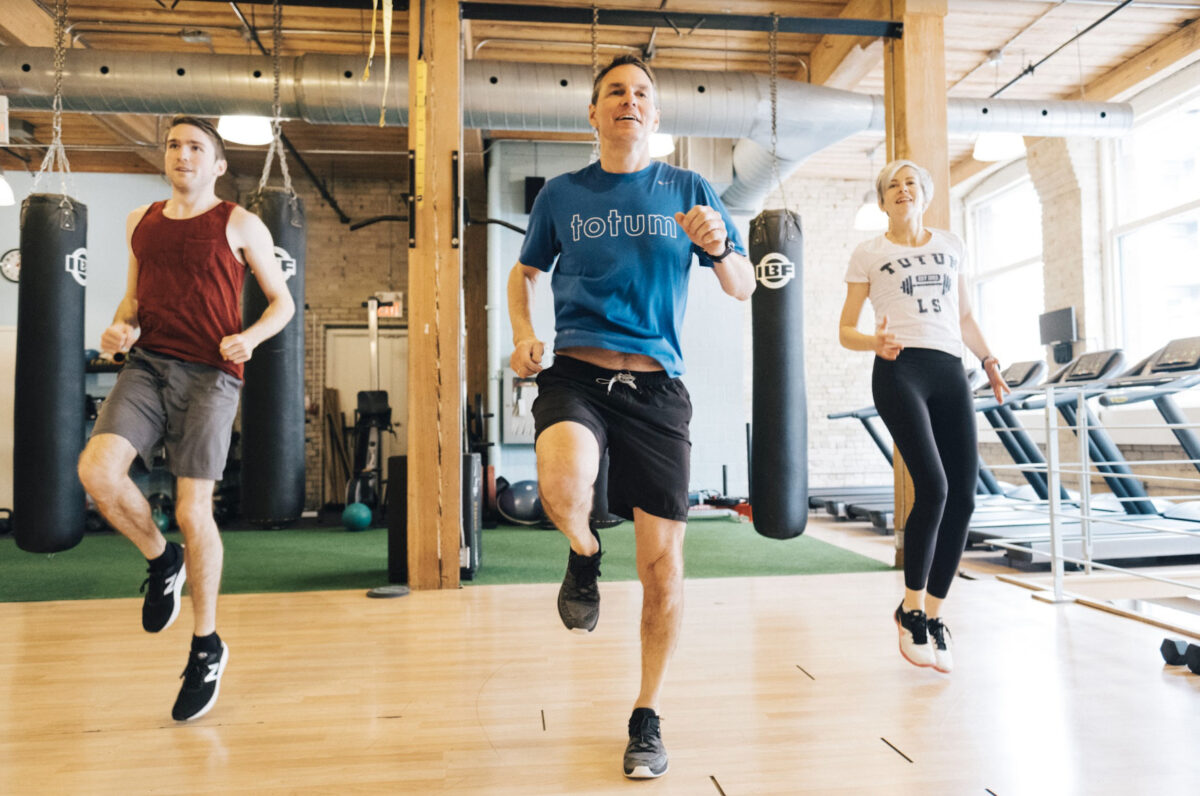Dr. Stacy Irvine, DC
Why We Care So Much About What We Do……
An important part of working in the Health and Fitness industry, includes staying on top of the latest research along with developing an awareness of what is being presented to your clients and patients through a wide variety of media sources. The normal scenario is when a completely bonkers fad diet is being promoted by a well-known celebrity, or a risky new type of workout is all over Instagram. We need to be prepared to explain what is happening and why is it probably not the best answer or solution any of us are looking for.
Rarely an article comes along that reflects a GREAT story of why we do what we do, and how our hard work and efforts can pay off. That happened with the article below from 56-year-old Nicole Haggerty. In this well written, First-Person account, she eloquently explains what weightlifting has done for her, and how it has changed her life….
My favourite quote from this article is as follows:
“The past five months have unfolded as the most empowering journey I have every been on – and that includes getting a PhD. Every other accomplishment has been centered in my head……..But on reflection, I wasn’t paying much attention to my body.”
Please take a moment to read the full article. If you are an avid weightlifter, or just starting out on your weightlifting journey, we are sure you will find some extra motivation in these words.
In the event the link above does not work, here is the article in full.
Nicole Haggerty
Published in The Globe and Mail, February 27, 2022
Red-faced, sweating and gasping, my brain tries to focus on what my trainer just said. I’ve just set down a 130 lbs hex frame and stepped off the platform to gulp water.
“Describe that to me,” asked Rob. He is looking for an answer that requires me to do something I’m just learning to do – connect my brain to my body.
Yes, I know. My brain is connected to my body – that slowly and inexorably expanding thing, below my neck that has been carrying my head around for the last 56 years. Since completing my undergraduate degree, work life has increasingly immobilized me. Sitting stationary at a desk, staring at a screen – it’s mostly through my fingers that I connect to my brain. I am an academic working at a business school – so they work feverishly to keep up as I pour out my thinking onto the screen, into the memo, e-mail, journal article … whatever the work is.
“It felt great,” I reply. “I could feel the work down my whole posterior chain.” (Who says that? – oh ya, I do!) “But my breathing and bracing weren’t great and I think I let my knees fall inward a couple of times.” Rob is quick to correct, encourage and set up more weight. Then cheerfully he’ll say, “Okay, next set.”
The last five months have unfolded as the most empowering journey I have ever been on – and that includes getting a PhD. Every other accomplishment in my life has been centred in my head – grades, degrees, promotions, published papers, even teaching. I’ve had a few close calls with fitness before – short triathlons, spin class, jogging. But on reflection, I wasn’t paying much attention to my body. These were instead, great opportunities to think my deep thoughts or focus on the world around me while I drowned out my panting breaths with the throbbing 80s music of my youth.
Weightlifting is different. Rob, my guide, has patiently walked me through a whole new world of specific functional movements, made possible by specific muscles moving in particular ways with increasing weights. He is a trainer and manager at my local gym and I was seeking someone who would help me with a single goal – get strong. I was tired of obsessing about steps and macros, and infinitely weary of the “eat less, move more” advice.
Getting strong (“not toned, not thin, not ready for a 5k”) seemed simple if a little embarrassing at my age. But Rob immediately took me seriously. It started with a humbling assessment of my strength and mobility.
Despite my age, size and beginner status, Rob has made me feel safe. Through his knowledge, patient demonstrations and encouragement, he has induced this body to squat, hinge, press and squeeze its way to all kinds of personal bests (which frankly is a low bar when you start from nothing but still – they keep coming). He’s taught me a new language – hypertrophy, eccentric, isometric … and more. He’s there when I falter, ready to ensure I don’t hurt myself even as he grins and asks for three more torturous reps.
The first weeks, I did everything he asked (glad for the mask mandate since it hid my ‘ugly lifting face’ though not my groaning). And always, he was there, clipboard in hand, a watchful gaze and posing questions like “Where did you feel that?” or the more general request, “Describe that for me.”
Early on I took these as rote pleasantries. Over time I realized he wanted more than rote answers. They were part of what needed to be trained. Having shown me how to do an exercise, Rob would explain where I should feel it and he encouraged me to think about the muscle or chain of muscles as they moved, stretched and strained. The questions were a test of that connection. Gradually, I started thinking my way back into my body. Not my body as an undifferentiated whole but as individual, electric connections to newly identified places – my traps, my quads, my delts, my glutes, my triceps and much more. Intentionally. Specifically. Magically. It’s surprisingly difficult and often funny. Like my recent five-second pause, struggling to repeat a lunge move that Rob had demonstrated because my disconnected brain couldn’t fathom what my legs were supposed to be doing. It’s hard work and relentless – every rep, every set, every time. Unnatural and unfamiliar. Yet infinitely natural and amazingly powerful. Rob has led me on a journey of discovery that I didn’t know could be so sacred and so glorious.
I am five months into a new way of living with this 56-year-old body. It talks to me in a totally different way now. A year ago, the simple act of standing up would provoke a cascade of little pains in my knees and hips, and a unique sort of unbending, wobbling walk as I unfolded myself. Today, my body still aches when I stand up – but the pains I feel now don’t scare me with their portending impairments. They are my quads, glutes, pecs and more – I’m still getting to know them all. Now they remind me of their capabilities, they call to me for movement, they demand to be challenged. And I long to continue this dialogue with them and represent their needs and experiences so I’m ready the next time Rob says:
“Describe that to me.”
Nicole Haggerty lives in London, Ont.






